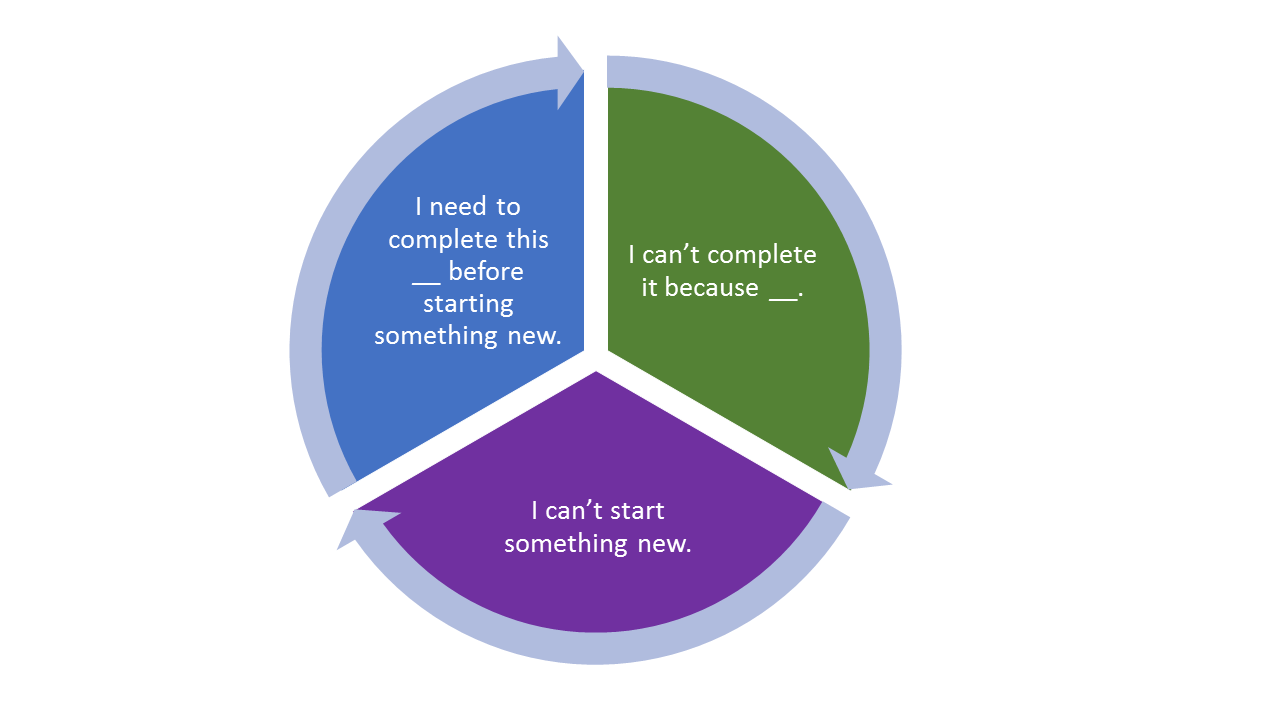Sharing Research with Practitioners – A Roadmap
This post is the third of three by guest contributors Matthew Aplin-Houtz and Sarah Willey. See the first post, Asking the Right Question, and the second, Bringing Rigorous Methods to Real-World Problems, for more real-world research advice.
As researchers, we dream the results we uncover will be able to directly impact the world. Sadly, the people who might actually apply our research findings might not be reading the journals our work is published in. Finding ways to translate our research to that audience can be challenging! As scholars with roots in industry, we’re here to walk through some options.
Recently, we presented a pair of related papers at two different conferences that illustrate connecting research to actual practice, both of which have to do with nonprofit mission statements: How Sad is Your Mission Statement? The Moderating Effect of Mission Statement Polarity on Performance and Who Do Nonprofits Serve? An Exploratory Analysis of Nonprofit Mission Statements. We will use them as examples throughout this article to show how find new outlets to share research.
Conferences: Paper and Poster Presentations
First, presenting at academic conferences is a way to get research out faster than is possible through journals. Conference papers are important for a multitude of reasons including presenting and getting feedback for bettering research, networking to find research partners and potential academic positions, and also keeping motivated. Rejection is very high with publication. However, it is not as high in the realm of conferences. They are the ideal place to explore new ideas, methods, and theories. Additionally, conferences give peer-reviewed feedback in a similar way to publications. If one uses this feedback, there likely will be less rejections for publications.
There are as many conferences available for scholars to present their work as there are options for degree programs. Additionally, many scholarly niches exist in a multitude of disciplines to showcase your work. The problem often is finding out where and when they are happening because many of the regional and smaller conferences do not market the event outside of the organizers’ social media, emails on existing listservs, and printed flyers on the walls of universities. We have found the key to finding options for conferences is to join organizations and Societies like Academy of Management, American Marketing Association, American Accounting Association, ARNOVA, and others. Even though these organizations have their own conferences, most have an email listserv which actively share not only calls for papers for the larger conferences but also postings by the organizers of the smaller, regional, or international conferences. We also recommend routinely searching the internet for calls for papers for conferences. By just looking for conferences, a scholar can feel like they have more control of their destiny in academia.
Conferences: Practitioner Events
The downside of presenting at academic conferences is there are often few practitioners in the room – these events draw researchers. Coming from a practitioner background, we are used to attending events aimed at the professionals who will use our research. Sarah has spent a lot of her professional life presenting at these conferences and plans to continue to attend the ones in her field presenting the research she’s conducting now.
So, for our two mission statement studies, now that they have gone to conferences and are under review at journals, we will next turn our attention to where the interested nonprofit professionals gather. We might consider the Association of Fundraising Professionals’ annual conference or one of their regional events to reach professionals. Or, we could offer a webinar with one of the many popular consultants who have ongoing educational events offered on their websites. There are many podcasts related to fundraising, so choosing one that accepts guest speakers and reaching out is another next step. In our case, we can draw from the experience and relationship network of one of our research team members who works in the field. For your own research, this step may involve some investigative work. Google relevant professional associations, conferences, podcasts, etc. that target the people who would most benefit from your work. Then just reach out and ask about applying to speak or attend as a guest!
Other Publication Outlets
Its also possible to write-up the results/takeaways of our research and disseminate it in publications beyond academic journals. A few places we know we intend to do this for our research on mission statements include the fundraising think tank Rogare’s Praxis Paper series and the nonprofit technology company Bloomerang’s educational blog. These are written sources we know are frequented by the professionals who will benefit from the results of our research but who will not be reading academic journals.
Depending on the focus of your research, there are a number of options to consider. Publications such as Harvard Business Review or California Management Review are well respected outlets. Many professional associations have print magazines and online blogs. The two hurdles to overcome are identifying the right outlets and making “the ask” to get results published. For the first challenge, your two best solutions are an internet search and word-of-mouth. Hopefully, if focused on research in a specific area, you have at least some casual connections to people who will use the information you create. Ask them what else they read! As for getting your work in, the key is to not be shy. If there’s an application process, just go for it – we promise it will be less intimidating than submitting to a journal! Don’t be afraid to reach out to people and ask.
Making it Happen
These presentations and practitioner-publications don’t have the same value for academics; they don’t tend to count towards tenure requirements. Therefore, it can be hard to consider taking extra time for this work when there is already so much to do. We find that it takes only a little extra time to repurpose the work we have already done to prepare our work for dissemination to academic conferences and journals and re-format it for some of these other sources. However, another solution is to partner with consultants in the field of research who direct value from publications and presentations – they get the thought leadership “street credibility,” and you get to know practitioners can benefit from your hard work.
Matthew Aplin-Houtz: While acting as COO for Body Balance Physical Medicine and as a business advisor for the Indiana Small Business Development Center, he researches in organizational behavior. Current DBA student at UMSL. MBA - Indiana State University, Master of Music degrees from Butler University and University of Maine.
Sarah Willey: A nonprofit executive, fundraising consultant, and thought leader, Sarah is passionate about bridging worlds of practice and theory, with a particular focus on issues related to management and fundraising in the nonprofit sector. She is a DBA student at UMSL and holds a Master’s in Nonprofit Management from Washington University.










Looking back at 2023, find all posts here!
We explored stages of a research project, from concept to publication. In each quarter we focused on one part of the process. In this recap for the year you will find original guest posts, interviews, curated collections of open-access resources, recordings from webinars or roundtable discussions, and instructional resources.